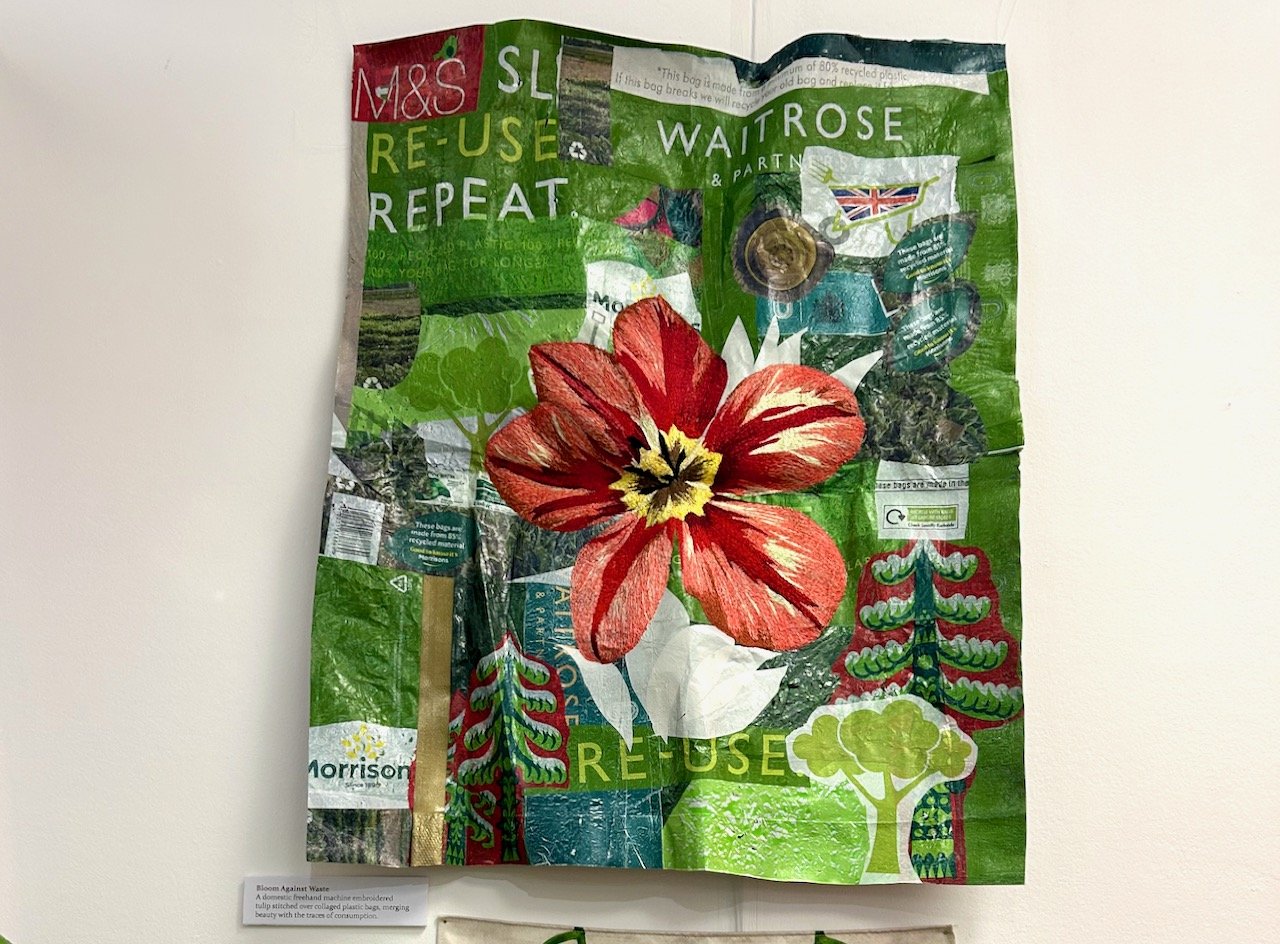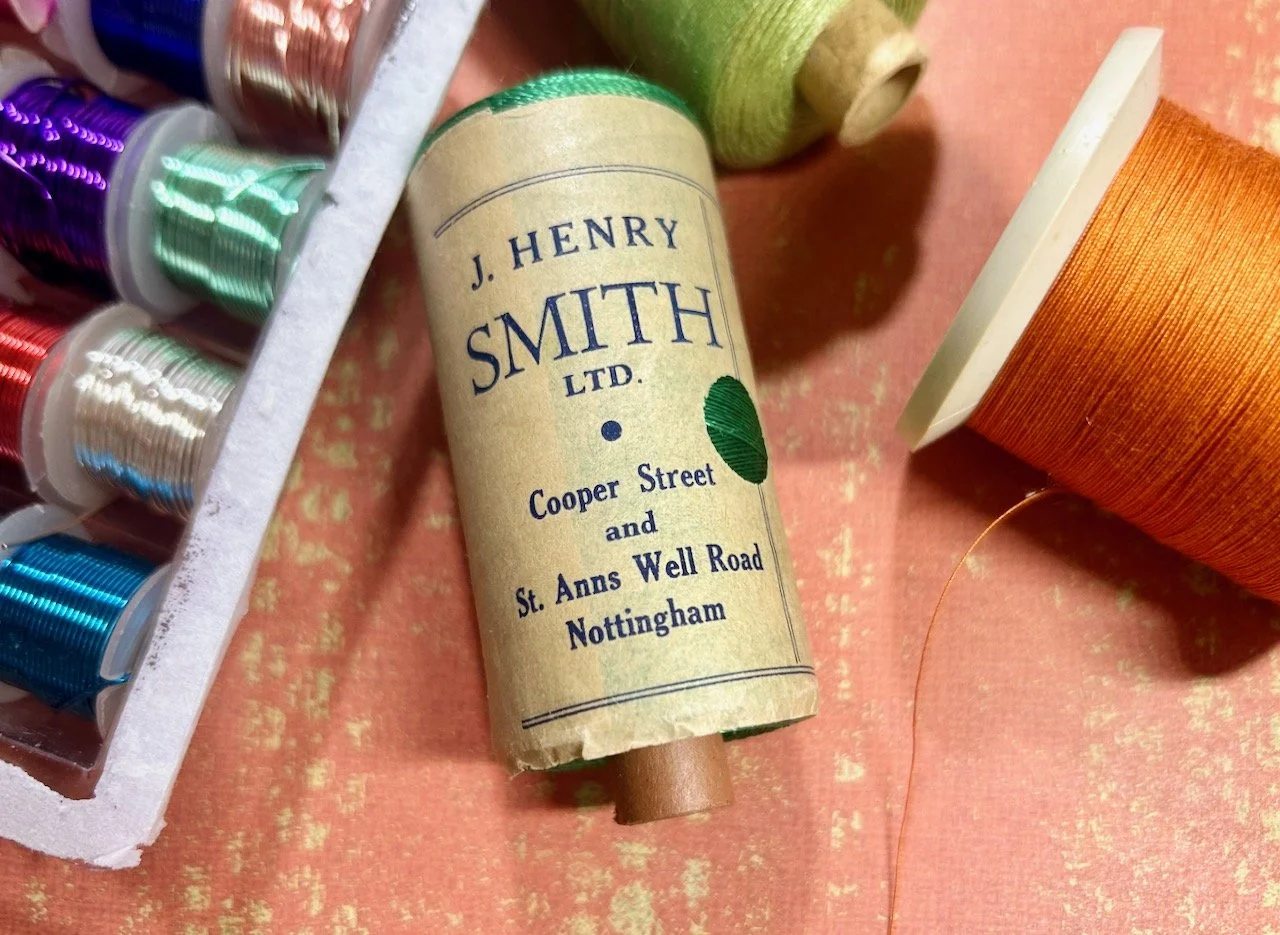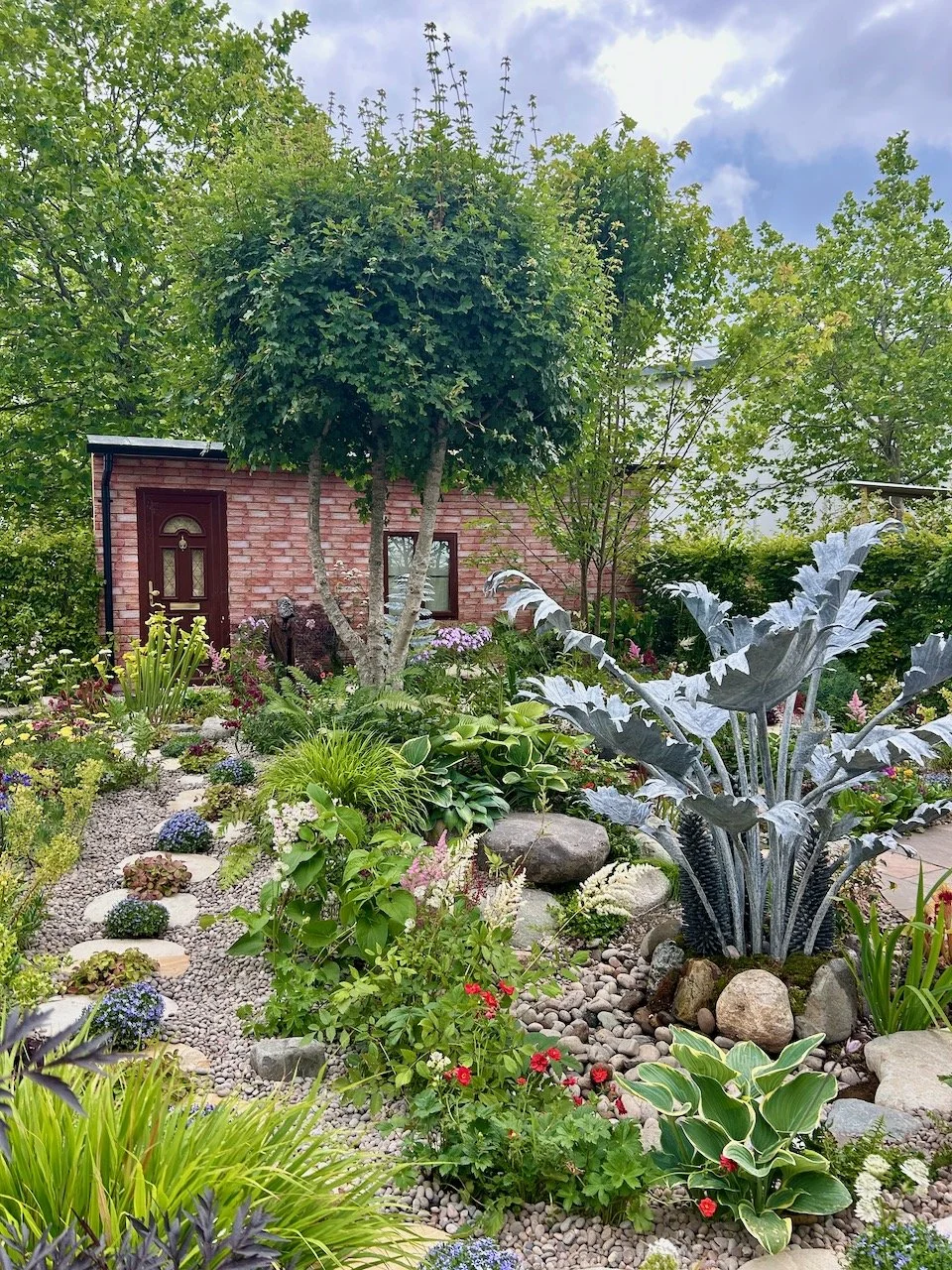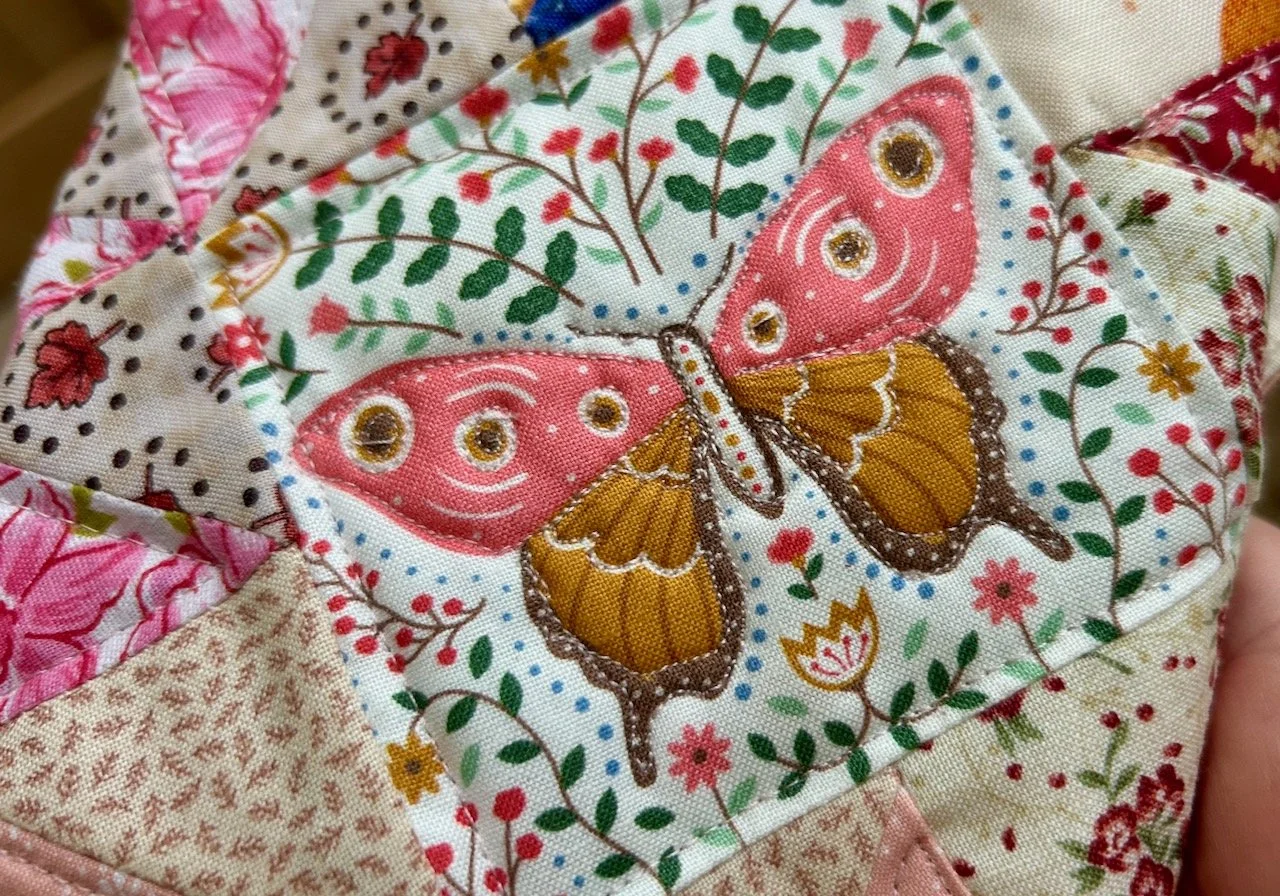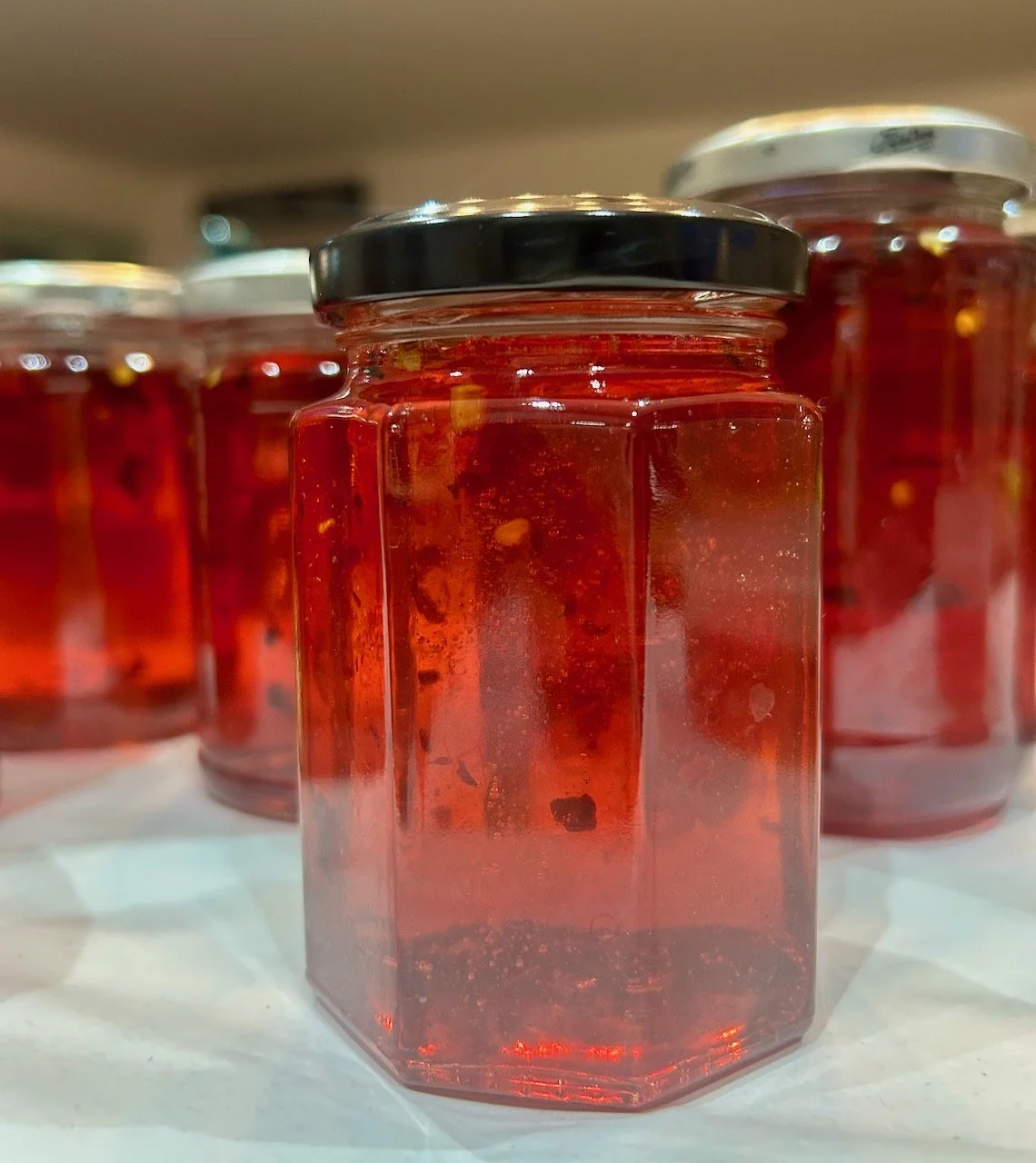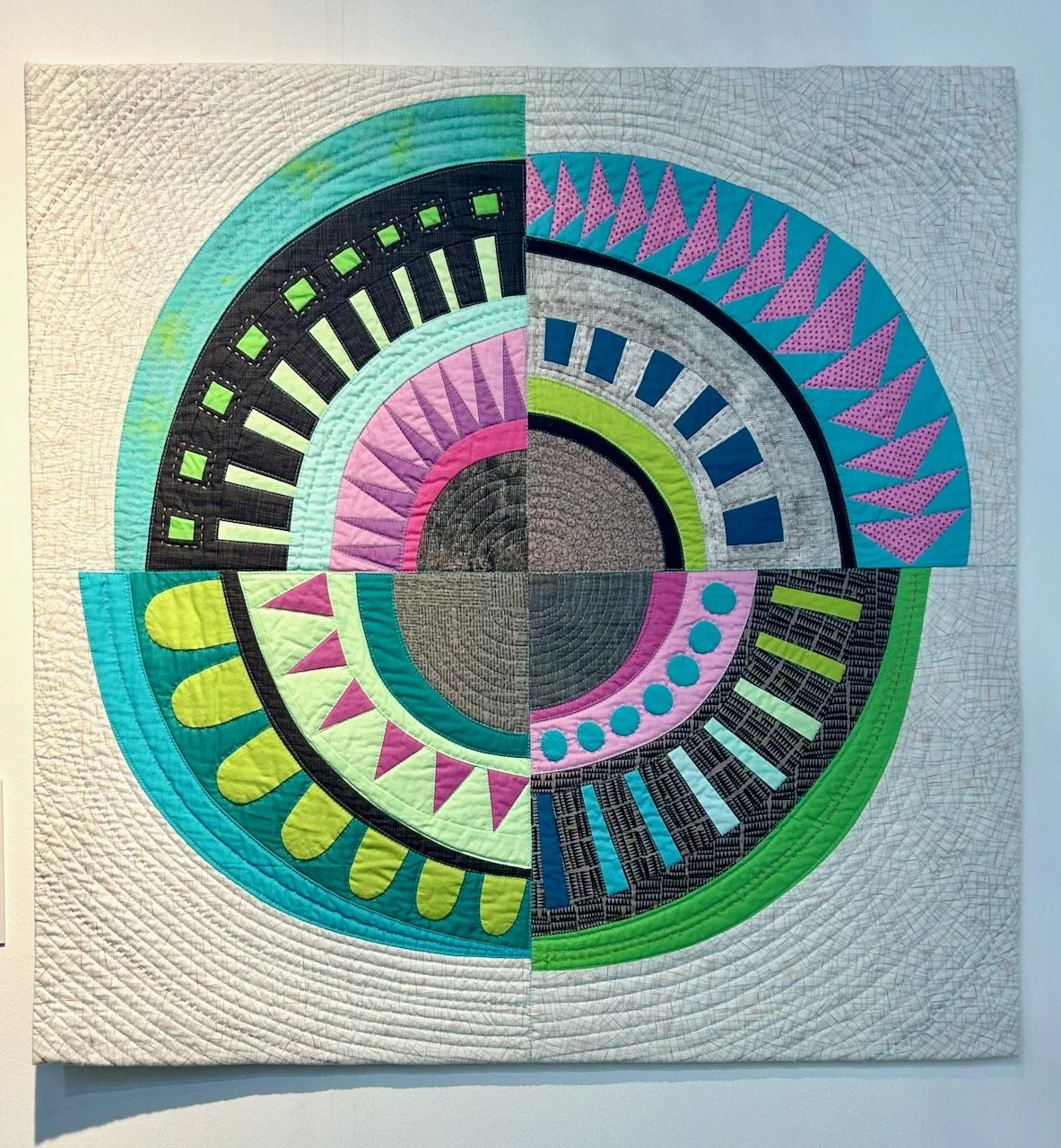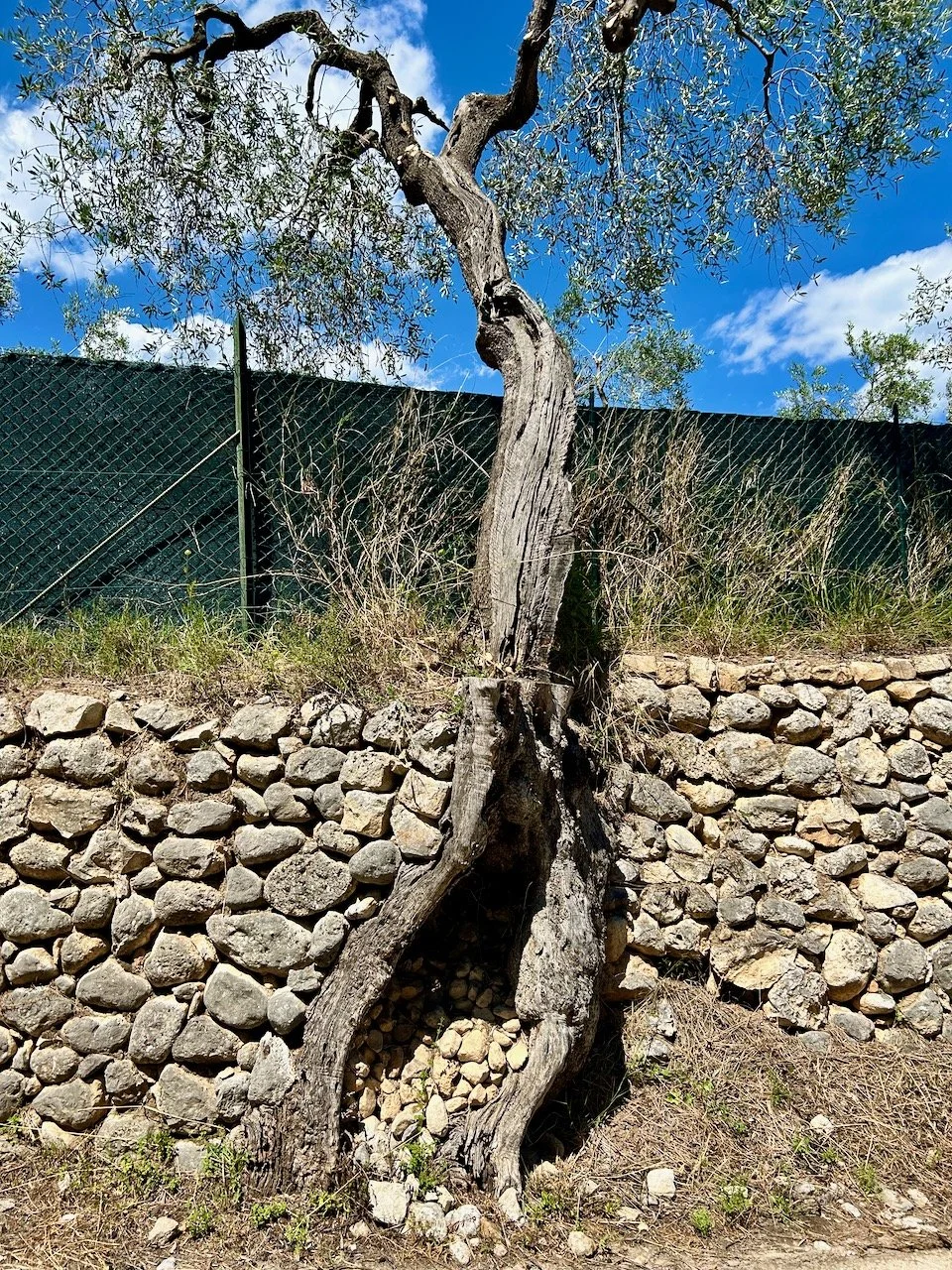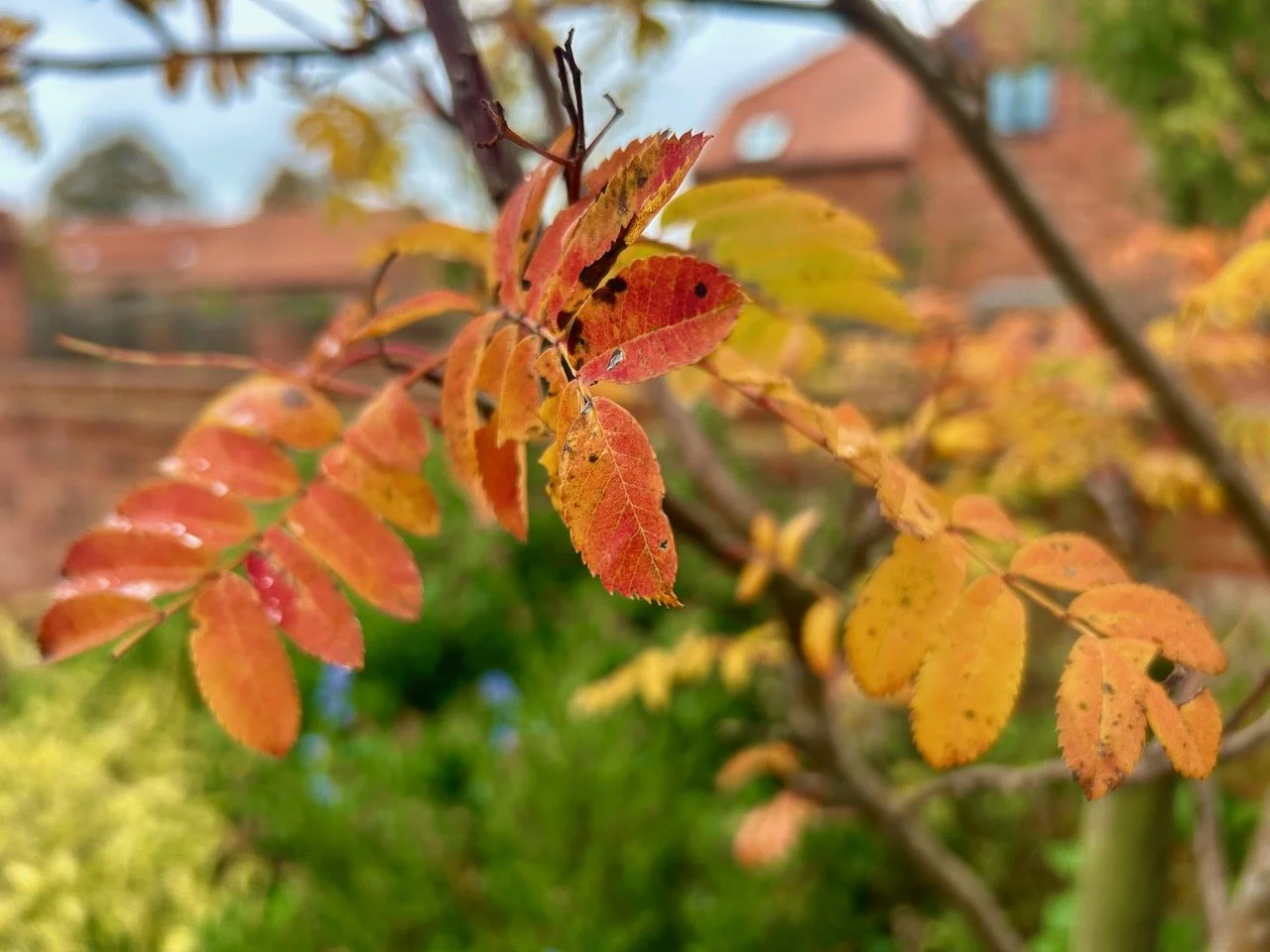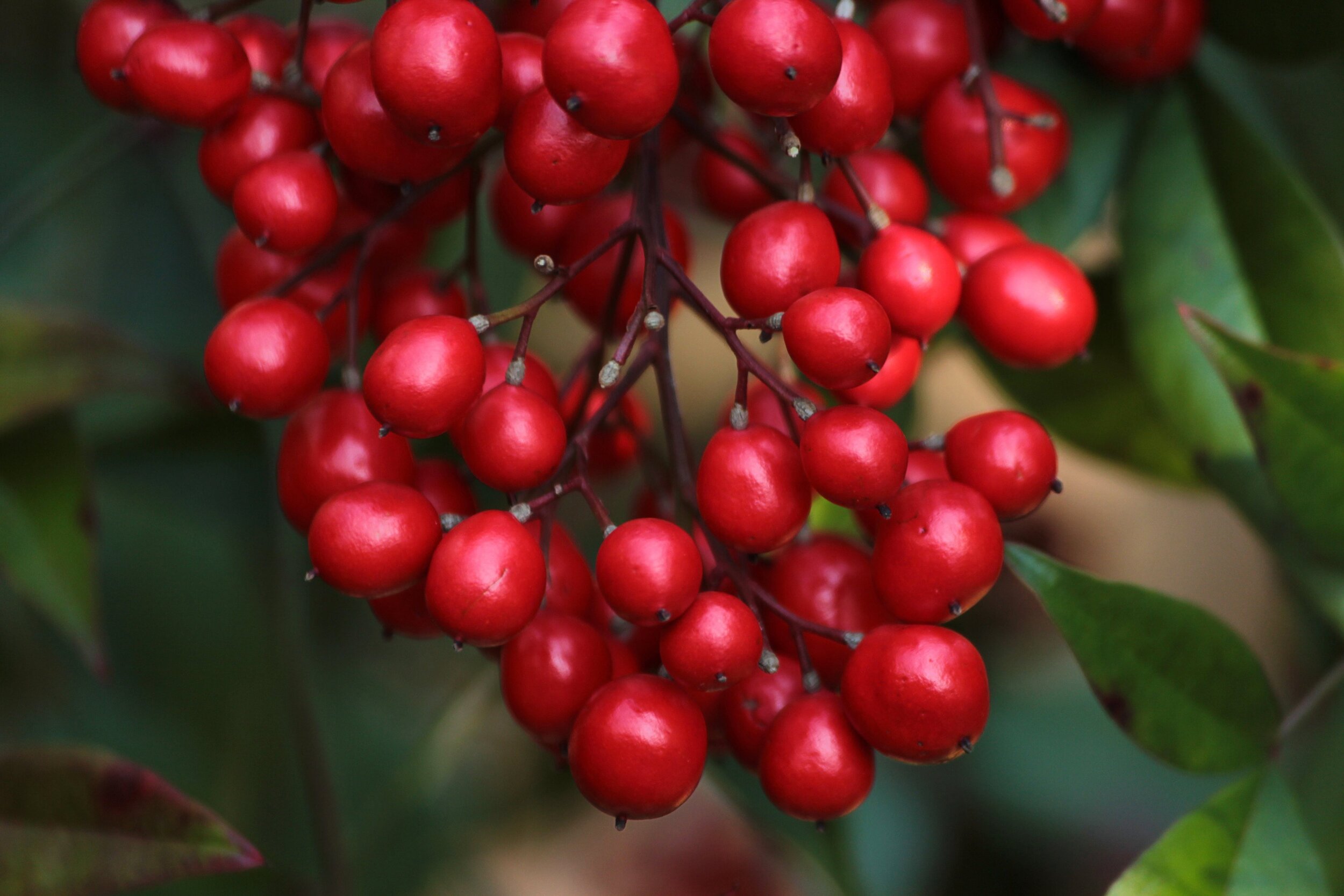When we visited Houghton Hall in Norfolk I was intrigued by the Pleached Limes marked in various parts of the garden. At the time I didn't know what pleached was and while I guessed it related to how the trees were planted and allowed to grow as we walked from the Stable cafe towards the house I knew it was something I'd need to look up later.
And I did.
I've since learnt that pleaching (or plashing) is a technique of interweaving living and dead branches through a hedge. Trees are planted in lines and the branches are woven together; this strengthens them and fills any weak spots until the growth thickens. Sometimes the branches that touch grow together too forming a natural graft.
It was a common technique in gardens from the late medieval times to the early eighteenth century and was used to create shaded paths or a living fence. At Houghton Hall they seriously embraced this and there are many shaded paths with pleached limes.
Later the technique lost favour and was used in kitchen gardens and the word dropped out of use, but Sir Walter Scott reintroduced it in 1822. Then in the nineteenth century English landowners were once again planting avenues, often shading the sweeping curves of a drive. At Houghton Hall there's a block of pleached limes between the stable block and the main house, and stretching out on either side of the main house towards the haha and the slate lake.
PLEACHED LIMES ALONG THE HAHA
The photos above and below show the limes between the stables and the house. As we reached the top of the steps I couldn't help but stop and admire these lights. Not your usual garden lights are they?
A FANTASTIC GARDEN LIGHT
The next few pictures show the shaded walkways made by the pleached limes. There's one on each side of the house and I think they'd provide a space for a calming walk. How could you be anything else but calm walking through these?
So a second post on our visit from Houghton Hall and there's not one picture yet of the walled garden. I'll save those for another day!
LOOKING BACK TO THE HOUSE
THE SLATE LAKE

